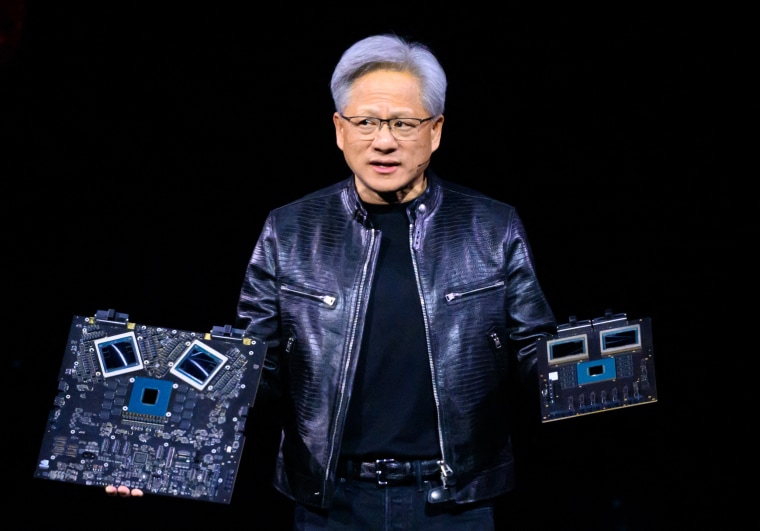For many years, Intel was a cornerstone of the U.S. semiconductor industry. It was synonymous with processors, the central pillars of modern computing technology. From desktop computers to enterprise-level servers, Intel dominated the landscape with its advanced innovations and unparalleled influence. However, the present narrative is drastically different. Today, Intel grapples with an existential crisis, facing staggering competition and struggling to sustain its once unquestioned supremacy.
In the late 1960s, Intel emerged as a trailblazer, embarking on a mission to redefine the technology landscape. The company pioneered the creation of microprocessors and continually rolled out state-of-the-art chipsets that formed the bedrock of modern computing. With its Intel Inside marketing campaign, it created a globally recognized brand and positioned itself as the de facto choice for high-quality, high-performance processing units.
The 1990s through the early 2000s marked perhaps the height of Intel’s reign, led by the explosion of the Internet and coupled with the growth of personal computing. Intel chips drove the computers used to power, connect, and build the nascent digital realm. The company continued to lead innovation, defining industry standards and outlining the trajectory for future developments.
However, the past decade hasn’t been as kind to Intel. The company’s struggle to preserve its relevance arrived as computing started to evolve beyond traditional PCs and servers. The unfolding era of mobile computing, led by smartphones and tablets, signaled a tectonic shift in the industry. Intel’s long-standing rivals, AMD and ARM, seized this opportunity and evolved to thrive in the new landscape of chip making. In this period, Intel’s primary failing was its inability to effectively forecast and adapt to these profound shifts in the market.
On one front, Intel missed the mobile revolution. While ARM, and the companies licensing its technology, successfully shifted the mobile market to their side, Intel failed to produce chips that could efficiently power the more compact devices consumers were gravitating towards. This was partly due to Intel’s commitment to the x86 architecture, which, while highly efficient for large, plugged-in computers, proved too energy-consuming for mobile devices with their limited battery reserves.
Meanwhile, in the server chip market, AMD rose spectacularly with its Zen architecture, challenging Intel’s dominance for the first time in years. AMD proved they were capable of offering chips that not only matched but surpassed Intel’s in terms of performance and power efficiency. This was a significant blow to Intel’s perception as the performance leader in the technology sector.
Adding salt to Intel’s wounds, production issues have led to substantial delays in the release of their chips. They struggled with the 10nm process node, which took years longer to roll out than initially planned. In contrast, competitors like TSMC and Samsung forged ahead, successfully implementing ever smaller nodes. Such setbacks affected the company’s bottom line and resulted in several leadership changes, further amplifying their difficulties.
Intel’s struggle to maintain relevance is also a reflection of larger shifts in the semiconductor industry. A move toward more specialized chips to cater to machine learning, AI, and other emerging technologies have begun to decentralize what was previously a core monopoly. Breakthroughs in chip design, like Apple’s M1 chip, are pushing the industry away from a one-size-fits-all processor model, presenting yet another challenge for Intel in keeping up with these changes.
In sum, Intel, once the unchallenged dynamo of the chip industry, finds itself in precarious waters. It has been plagued by a combination of strategic miscalculations, production difficulties, and industry evolution. Although it still retains a large market share and has the resources to mount a comeback, the task ahead is daunting. It’s clear that the company will need to radically reassess its strategies and rekindle its innovative spirit to regain its lost stature and remain relevant in this ever-evolving industry.




